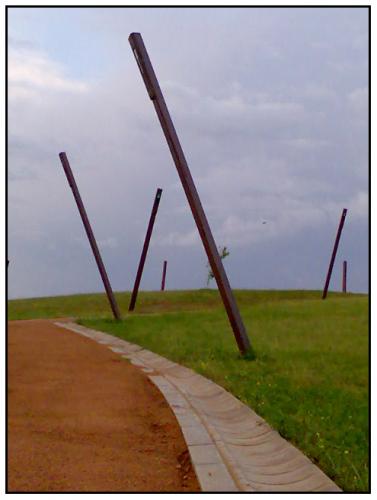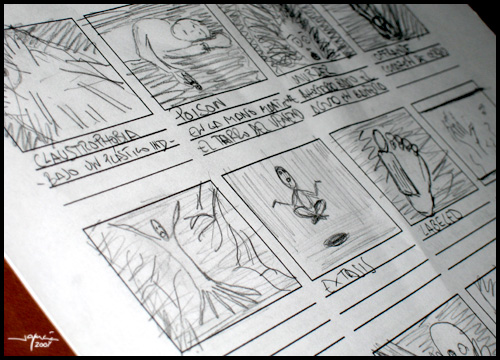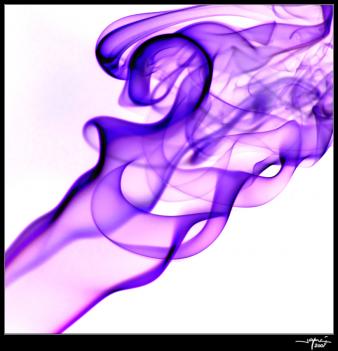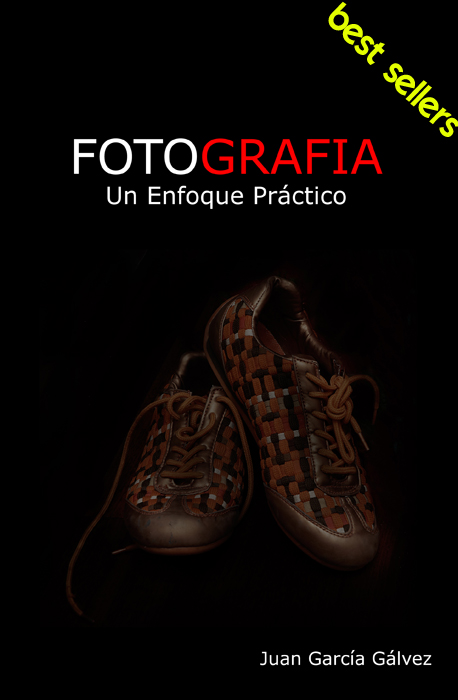La Difracción es el efecto de difusión que sufre la luz al pasar sobre un borde afilado. Debido a ello, en fotografía cuando se usan diafragmas muy cerrados se obtienen imagenes con menor nitidez.
Sobre un objetivo teóricamente perfecto, las máximas aperturas dan siempre mayor definición, según la famosa fórmula de Abbe (resolución = 1 / f), la resolución es inversamente proporcional al número f.
En la práctica, el rendimiento de un objetivo está más limitado por sus aberraciones que por la difracción, de ahí el que haya que buscar un diafragma de compromiso entre ambos factores si lo que se busca la máxima calidad en la imagen.
La elección del diafragma medio estará condicionada por la propia calidad y corrección del objetivo, es decir, los objetivos con gran corrección óptica, nos permitirían alcanzar la máxima calidad con diafragmas algo más abiertos.
Cuanta mayor calidad y corrección óptica tenga el objetivo, menor serán las aberraciones residuales, y por tanto mayor será la apertura en la que consigamos la máxima calidad.
Por lo general, en los diafragmas intermedios es donde se suele alcanzar la máxima calidad. En esta gráfica verse claramente esta relación.
Diffraction is a diffusion effect which light suffers when it passes over a sharp edge. Due to this, in photography, when very small apertures are used we obtain much less sharp images.
Using a theoretically perfect lens, maximum aperture always gives better definition. This according to the famous Abbe formula (resolution = 1/f), resolution is inversely proportional to the f number.
In practice, the performance of a lens is limited more by its aberrations than by its diffraction. So, it is necessary to find a compromise in aperture in order to achieve maximum image quality.
The choice of a medium aperture is conditioned by the quality and correction of the lens, that is, a lens with a large optical correction will allow us to reach optimum quality with apertures somewhat larger.
The better the quality and optical correction of the lens, the lesser the residual aberrations, and so the larger the aperture at which we achieve maximum quality.
In general, a medium aperture is where maximum quality is achieved. This relationship is clearly shown in the graph.

Para ilustrar ese fenómeno he realizado cuatro tomas a la Torre de la Mezquita-Catedral de Córdoba.
Máxima difracción utilizando la abertura más pequeña del AF Nikkor 18-70mm, es decir con un f29:
In order to illustrate this phenomenon I took 4 shots of the
tower of Cordoba Cathedral (Córdoba – Spain).
Maximum diffraction using the smallest aperture of the AF Nikkor 18-70mm which is f29.

Con un f8 conseguimos esta instantánea:
At f8 we get this shot:

Con un f6.3 esta otra:
At f6.3:

Para terminar la serie os muestro la misma escena pero obtenida con la máxima abertura para los 70mm, es decir un f4.5:
To finish the series… this shot obtained at maximum aperture of 70mm, that is f4.5:

Como podéis ver, la máxima difracción la obtenemos con la abertura más pequeña: f29. Con f8 y f6.3 conseguimos una gran nitidez. En este caso, podemos comprobar que el objetivo AF Nikkor 18-70mm no produce muchas aberraciones residuales con la máxima abertura: f4.5.
Espero que os haya ayudado a entender mejor este problema.
As can be seen, maximum diffraction is obtained with the smallest aperture:
f29. At f8 and
f6.3 very sharp images are produced. In the case of the
AF Nikkor 18-70mm lens we can see that it does not produce much residual aberration at a maximum aperture of
f4.5.
I hope this has helped you to better understand this problem.


















